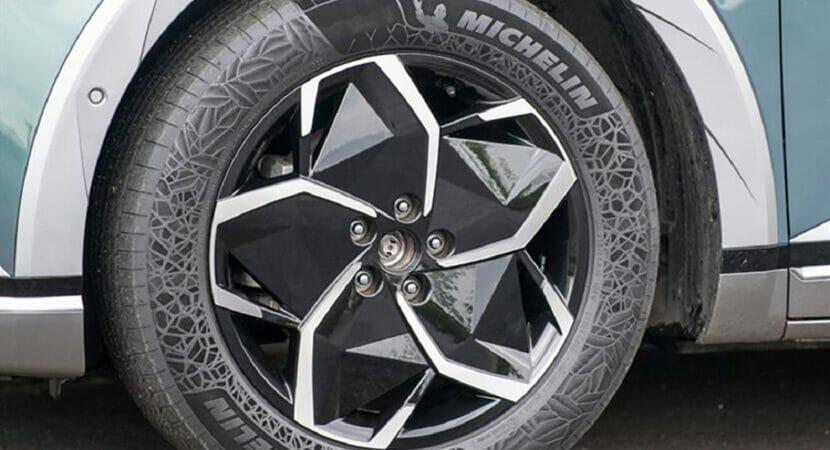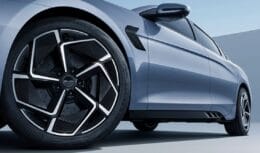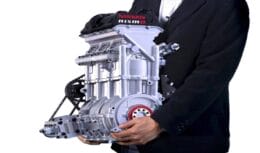
Michelin has plans to reduce CO2 emissions and, for that, is developing new technologies. New this time are beet and rice based tires.
French tire producer Michelin , presented its new products in the heavy duty sector in São Paulo last week. During the presentation, company executives highlighted that approximately 75% of the cargo transported in the country still passes through highways. Which gives the size of the market and also indicates the size of the challenge for tire manufacturers. With several companies focusing on sustainability, the tire is constantly seen as a greatthreat to the environment.
Michelin seeks to reduce CO2 emissions with rice and beet-based tires
Last year, the total tire market in Brazil reached 78,8 million units, according to National Tire Industry Associations (Anip). The Brazilian industry was responsible for 56,5 million products. For this year, the entity's expectation is 77,1 million new tires, 57,5 million of which produced in Brazil.
According to Feliciano Almeida, president of Michelin South America, if Michelin has a product that is less resistant to rolling, the company will emit less. In the case of the tire, the challenge is great, since it needs to continue supporting weight, making little noise and braking. Michelin tires now have technological evolution in materials.
The company aims to reach 2030 using 40% of recyclable or sustainable raw materials and 100% by 2050. Currently, this percentage varies from 28% to 30%. Basically, it is natural rubber that guarantees this index. Almeida explains that the goals to reduce CO2 emissions go through two different paths, however parallel.
The first is the substitution of raw materials of mineral origin for renewable or fossil origin. The executive highlights silica, extracted from rocks or sand and exchanged for the product obtained from rice husks, and the exchange of butadiene from petrochemicals for the product coming from beet.
New technologies to reduce CO2 emissions are emerging
Michelin's second way to reduce CO2 emissions is the recycling of Michelin tyres. Almeida explains that, through a pyrolysis process, it is possible to recover steel, carbon black and lubricants from the waste product and reuse them in new tires.
The executive points out that all this will generate costs, since the company will work with more expensive materials. The company will have to gain productivity on the production line to absorb this value, which the customer will not necessarily be willing to pay.
As for the technologies available to reduce CO2 emissions or under study to achieve the goals, Almeida points out that the world developed a vaccine in a few months when it was necessary, in a reference to facing the covid-19 pandemic. Technologies are emerging, many processes are still prototypes or on a small scale, but as they expand, they will become cheaper.
Michelin prepares for electrification
Michelin is preparing to electrify its passenger car fleet. O electric car it is a heavier vehicle and places different demands on the tire. Because it is silent, the only noise the driver will hear is the tire turning.
Range and torque are also different. All of this leads to faster tire consumption in an electric vehicle than in a combustion car.
The company's executive will have to change factories and have adapted materials. What is already known is that the owner of an electric car is more the original brand in the act of exchange. Currently, the company manufactures in Brazil tires for almost all areas. From wheelbarrow to mining, passing through forklifts, motorcycles, cars, bicycles, trucks and agricultural.









Air Force F-16 fighters…
True friend, what they shot down were…
Air Force F-16 fighters…
I would like to know what planet you live on…
Air Force F-16 fighters…
Which genocide are you talking about? Than…
Air Force F-16 fighters…
Everything is fine, 100-year secrecy,…
Air Force F-16 fighters…
Well... It's flying scrap... Typical...
I already had a 1.8 road from 2010…
What language is spoken? It could be English...
Hello! My name is Morgana and I live in…
I am an Agricultural Technician with 17 years of…
Good evening!!! I am a professional cook of traditional cuisine…
I'm interested
Another one that is part of the donkey,…
I am a heavy machinery operator (loader/forklift)…